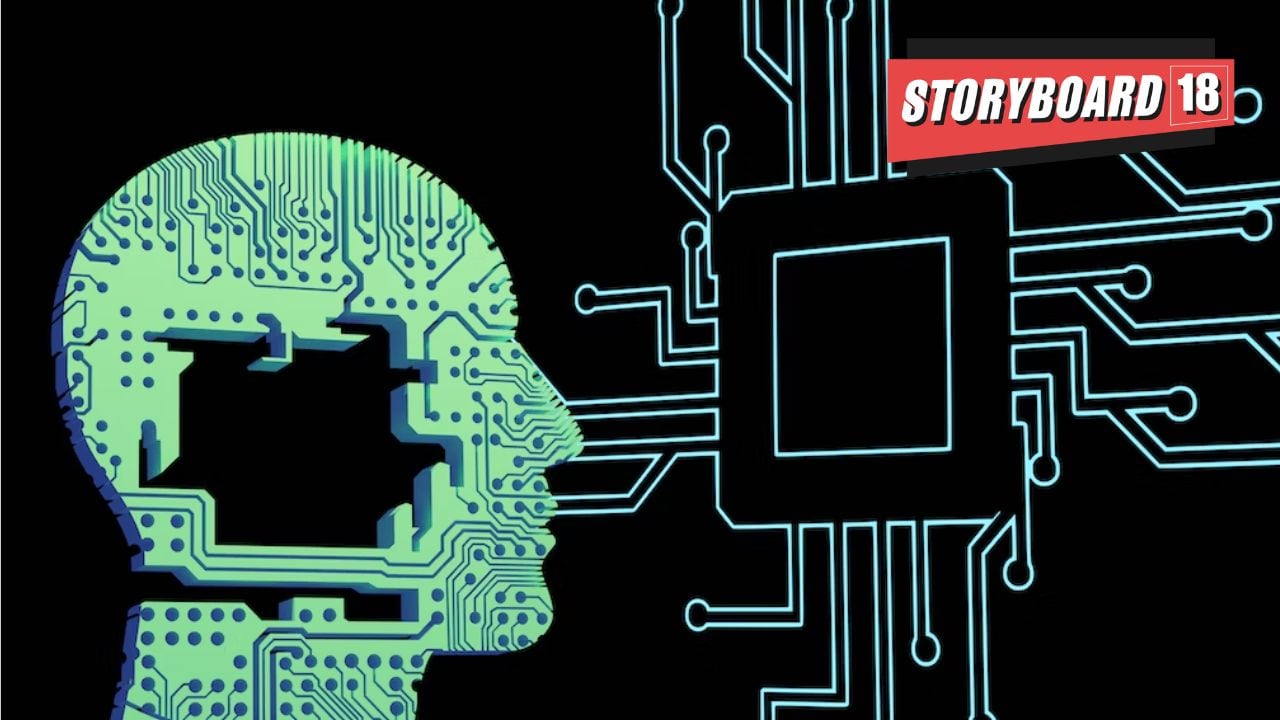In the ever-evolving landscape of cybersecurity threats, phishing attacks continue to pose a significant risk to individuals and organisations worldwide. A recent report by Check Point Research sheds light on the brands most frequently targeted by cybercriminals in their nefarious phishing schemes, with Microsoft emerging as the top choice for hackers.
During the first quarter of 2024, Microsoft was the most imitated brand in phishing attacks, comprising a staggering 38 percent of all brand phishing attempts. This statistic is particularly alarming considering the widespread use of Microsoft products and services in both corporate and personal settings. The report also highlights Google and LinkedIn as prime targets for phishing attacks, with 11 percent of attempted brand phishing attacks each.
The prevalence of phishing attacks targeting technology brands underscores the lucrative nature of these attacks for cybercriminals. With more people working remotely and relying on digital platforms for communication and productivity, hackers see technology brands as a gateway to accessing valuable company assets and sensitive information.
Apart from technology brands, social networks and banking institutions also featured prominently on the list of most impersonated brands in phishing attacks. This trend is indicative of cybercriminals’ efforts to exploit users’ trust in familiar brands to trick them into divulging personal information or financial credentials.
Phishing attacks typically involve hackers posing as legitimate companies through emails, texts, or calls, urging users to click on malicious links or provide sensitive information. To protect themselves, users are advised to exercise caution when interacting with emails or messages purportedly from trusted brands and to verify the authenticity of such communications.
Maintaining a heightened level of vigilance and adopting proactive cybersecurity practices are crucial steps individuals can take to mitigate the risk of falling victim to phishing attacks. By staying informed about the latest threats and staying alert to suspicious communications, users can safeguard their personal and financial information from cybercriminals.
Top 10 Most Imitated Brands in Q1 2024
Below are the top brands ranked by their overall appearance in brand phishing attempts:
Microsoft (38%)
Google (11%)
LinkedIn (11%)
Apple (5%)
DHL (5%)
Amazon (3%)
Facebook (2%)
Roblox (2%)
Wells Fargo (2%)
Airbnb (1%)
